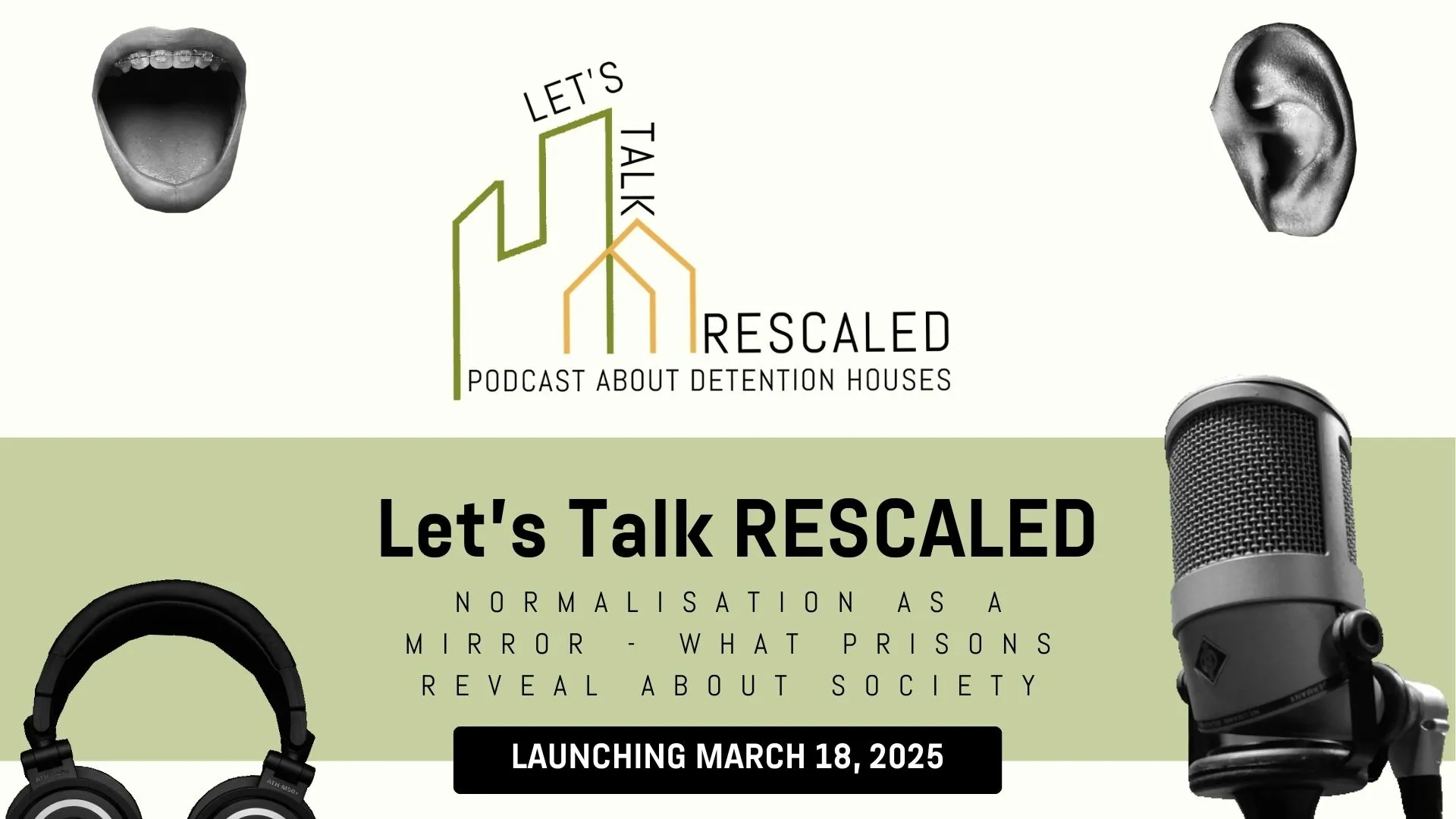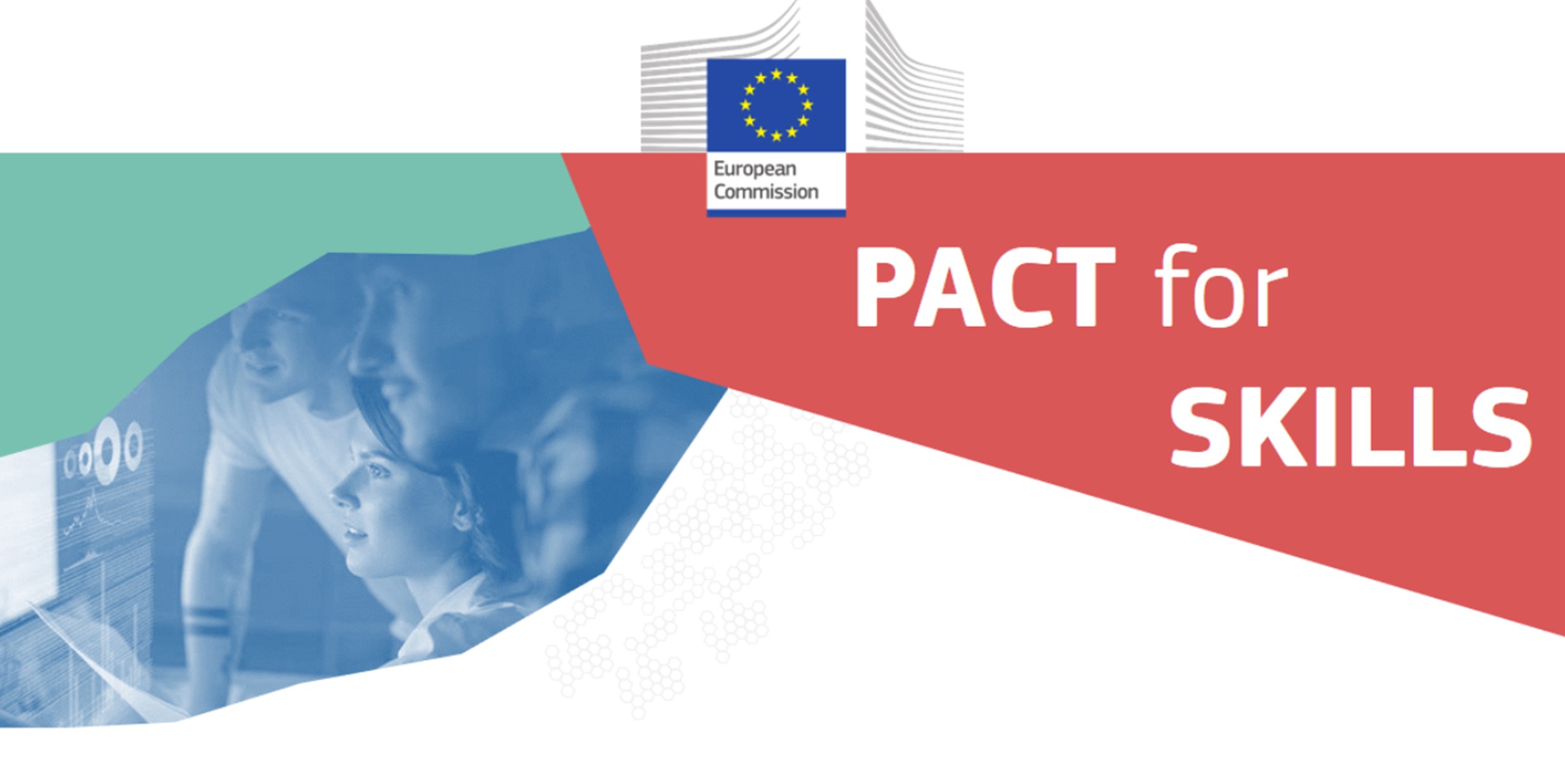Around the world, women make up a small but growing group within the prison population. According to the World Prison Brief1 over 733,000 women and girls are incarcerated globally, accounting for about 6.8% of the total prison population worldwide. In Europe, the proportion is even lower, around 5% of people in prison are women2.
While this percentage may seem small, it masks a deeply concerning trend: the dramatic and disproportionate growth in women’s3 imprisonment. Since 2000, the global women prison population has surged by 57%, compared to a 22% increase for men over the same period4. This rapid rise is particularly severe in certain regions and countries. Both Asia and Oceania have seen their women prison populations more than double since 2000, with countries like Cambodia, Indonesia, and Brazil experiencing explosive growth. The highest numbers of incarcerated women are found in the USA (174,607), China (145,000), and Brazil (50,441)5–6–7.
While Europe has seen a slight overall decline in women’s imprisonment, patterns vary significantly by country 8. Excluding Russia, the women prison population in the rest of Europe actually grew by about 25% from 2000 to 20249. Women make up approximately 5-6% of the European prison population, with notable variations, from as high as 9.5% in Malta and 8.5% in Czechia to as low as 3.2% in France and 3.7% in Bulgaria10. Some countries like Poland see their women prisoner population more than double since 200011.
Understanding women’s pathways to incarceration
Incarcerated women often follow different pathways into crime than men, reflecting different life experiences and vulnerabilities12. Their paths are frequently characterized by economic hardship, poverty, low levels of education, lack of employment opportunities, and homelessness.
While men dominate statistics for violent crime, women are more often imprisoned for non-violent offenses, particularly property and drug-related crimes13. For example, in England and Wales, shoplifting accounts for 40% of women’s prison sentences under six months, while almost two-thirds (64%) of prison sentences given to women were for less than six months14.
A system not designed for women
Prison systems worldwide share a fundamental problem: they were originally designed by men and for men15. As women constitute a minority of the prison population, their specific needs are often overlooked within this man-centric framework. The ‘one-size-fits-all’ approach fundamentally fails to provide a safe, humane, or rehabilitative environment for many incarcerated women.
Key challenges include:
- Histories of trauma and mental health:
Women behind bars are more likely than men to have suffered abuse and trauma prior to incarceration. Over 90% have experienced some form of childhood trauma, including physical or sexual abuse, neglect, bullying, or witnessing extreme violence16, often continuing into adulthood with intimate partner violence.
This continuous exposure to trauma contributes to high rates of mental health issues17, with studies showing 57% of women under probation supervision in Ireland experiencing mental health problems (compared to 40% of men)18.
- Reproductive and healthcare needs:
Women have specific reproductive and sexual healthcare needs that prisons commonly fail to address19. Many incarcerated women are of child-bearing age and approximately 5-10% of women are pregnant when admitted to prison20, requiring prenatal care, proper nutrition, and childbirth arrangements. Even basic reproductive health can be neglected in prisons, with inadequate access to gynecological services, mammograms, pap smears, and even menstrual hygiene products.
- Safety and dignity
Women in prison are particularly vulnerable to sexual harassment, abuse, and violence, perpetrated by both staff and fellow incarcerated individuals21. Lack of privacy, supervision by male staff in sensitive situations, and invasive or humiliating search procedures can violate dignity and exacerbate feelings of vulnerability and fear. Although International standards recommend searches be conducted by women staff, yet this is not always implemented22.
- Family responsibilities and caregiving
Most incarcerated women are mothers, and many were the primary caregivers for their children prior to arrest23. In Italy, at the end of 2021 nearly 64% of women in detention were mothers24, and in the UK, an estimated 17,500 children were separated from their mothers by imprisonment in 2020. This separation doubles the risk of poor mental health in children and increases their risk of poverty and housing insecurity25. Traditional prisons, with distant locations and limited visitation, make maintaining family bonds extremely difficult.
International standards and reform movements
The international community has formally recognized the inadequacy of treating incarcerated women identically to men and the need for gender-specific approaches. International standards have been developed to address these issues, like the United Nations Bangkok Rules (2010). These rules set standards for non-discrimination and gender-responsive approaches, covering admission procedures, healthcare, humane treatment, and family contact26 and they emphasize the need for alternatives to imprisonment for women27.
The Council of Europe has also addressed women’s incarceration through the European Prison Rules (revised in 2006, updated in 2020)28, which emphasize that imprisonment should be a last resort, especially for mothers of young children. These standards call for prison conditions that respect human rights, tailored healthcare, protection from abuse, and support for family contact.
Despite these detailed international and European standards, a significant implementation gap persists.
RESCALED Movement
For women experiencing incarceration large-scale prisons often fail to meet their (most basic) needs. But what if women were incarcerated in a more humane, community-integrated setting?
Detention houses provide exactly that through three key principles:
Small-scale: Detention houses typically accommodate only about 8 to 30 residents, creating more personal, human-centered environments. Finland’s Vanaja Prison exemplifies this approach by housing up to 57 women in small-scale house units of five people each, plus a special family house for parents with children. This village-like arrangement creates a more intimate environment where staff can develop meaningful relationships with each resident and tailor support to individual needs, particularly helpful for women who have experienced trauma.
Differentiation: This principle means placing individuals in the context best suited to their specific circumstances. In these kinds of contexts, staff are trained in gender-responsive practices and the programming is tailored specifically for women’s needs, covering topics like healthy relationships, parenting skills, and women’s health.
The prison for women in Řepy (Czech Republic) demonstrates differentiation through its specialized selection process and treatment approach. With a capacity of 56 women, Řepy divides residents into smaller groups based on security level.
Community-Integration: Detention houses are embedded in the community rather than isolated, allowing residents to remain literally and figuratively closer to normal life. Scotland’s Community Custody Units illustrate this well, designed with family-friendly visit areas including community rooms and gardens that create child-friendly environments. This integration reduces stigma, improves access to community services like healthcare and education, and makes regular family visits more feasible.
The economic argument for community-based solutions is compelling. Research shows that the cost per woman at Women’s Centres ranges from £1,223 to £4,125 depending on their level of need, while a place in prison costs £52,121 per year. Despite this clear cost advantage, investment in Women’s Centres tends to be short-term, inconsistent, and inadequate, limiting their potential impact29.
By shifting from large prisons to detention houses, RESCALED envisions a justice system that is not only more humane, but also more effective for society.
Women benefit from environments that respect their dignity, address their trauma, and keep them connected to their families. Communities benefit as well: because small-scale, community-integrated detention houses are more transparent and oriented toward reintegration, they can reduce recidivism and aid public safety in the long run.
For women in detention, who have too often been unseen and underserved, detention houses offer a chance to be treated as people, not statistics, as mothers, workers, and community members who, with the right support, can successfully turn their lives around.

About the WOMEN Project: To address the challenges outlined in this blog post, RESCALED is proud to be leading the “Workspace for Mapping, Engaging, and Networking with, for, and by Incarcerated Women” (WOMEN) project. Click here to learn more.
- Institute for Crime & Justice Policy Research. (2025, February). Female prison population growing faster than male, worldwide. World Prison Brief. ↩︎
- Irish Penal Reform Trust. (2024, June) . Council of Europe: ‘SPACE I’ Annual penal statistics: Prison Populations 2023. ↩︎
- Throughout this text, we use the term “women” instead of “female” to center the social and gendered dimensions of incarceration. Where sources use the term “female” (e.g., in data sets or reports), this reflects their original language. Our choice aligns with person-centered, gender-responsive language. ↩︎
- Institute for Crime & Justice Policy Research. (2025, February). Female prison population growing faster than male, worldwide. World Prison Brief. ↩︎
- United Nations Office on Drugs and Crime. (2021, June). Data Matters No. 1: Nearly twelve million people imprisoned globally, nearly one-third unsentenced with prisons overcrowded in half of all countries. ↩︎
- Institute for Crime & Justice Policy Research. (2025, February). Female prison population growing faster than male, worldwide. World Prison Brief. ↩︎
- Webster, R. (2025, February). Global female incarceration on the rise. Russell Webster. ↩︎
- Institute for Crime & Justice Policy Research. (2025, February). Female prison population growing faster than male, worldwide. World Prison Brief. ↩︎
- Fair, H., & Walmsley, R. (2022, October). World Female Imprisonment List (5ª edition). Institute for Crime & Justice Policy Research. ↩︎
- Eurostat. (2025, April). Prison statistics. Statistics Explained. ↩︎
- Fair, H., & Walmsley, R. (2022, October). World Female Imprisonment List (5ª edition). Institute for Crime & Justice Policy Research. ↩︎
- Council on Criminal Justice. (2024, August). Women’s justice: A preliminary assessment of women in the criminal justice system. ↩︎
- Institute for Crime & Justice Policy Research. (2025, February). Female prison population growing faster than male, worldwide. World Prison Brief. ↩︎
- Prison Reform Trust. (2025, April). Resetting the approach to women’s imprisonment. ↩︎
- Penal Reform International. (n.d.). UN Bangkok Rules. ↩︎
- Council on Criminal Justice. (2024, August). Women’s justice: A preliminary assessment of women in the criminal justice system. ↩︎
- Penal Reform International, & Association for the Prevention of Torture. (2015). Women in detention: A guide to gender-sensitive monitoring (2nd ed.). ↩︎
- Probation Service. (2021, June). Towards a ‘best practice’ approach to working with women who offend. ↩︎
- United Nations Office on Drugs and Crime. (2014). Handbook on women and imprisonment (2nd ed.). United Nations. ↩︎
- Wikipedia contributors. (n.d.). Reproductive health care for incarcerated women in the United States. Wikipedia. ↩︎
- Abasguliyeva, K., Misenheimer, A., Ram, S., Tromboo, H., & Tsoi, K. W. (2024, September 11). Prison in Pink: The Struggles of Female Incarceration. OxJournal. ↩︎
- Penal Reform International. (2013). UN Bangkok Rules on women offenders and prisoners: Short guide. ↩︎
- Council on Criminal Justice. (2024, August). Women’s justice: A preliminary assessment of women in the criminal justice system. ↩︎
- Associazione Antigone. (2023). Dalla parte di Antigone: Cartella stampa. ↩︎
- Prison Reform Trust. (2025, April). Resetting the approach to women’s imprisonment. ↩︎
- Penal Reform International. (n.d.). UN Bangkok Rules. ↩︎
- United Nations Special Representative of the Secretary-General on Violence Against Children. (2020, December 10). Leading human rights experts call for overdue implementation of the UN Bangkok Rules a decade after they were adopted. ↩︎
- Quaker Council for European Affairs. (2007). Women in prison: A review of the conditions in member states of the Council of Europe. ↩︎
- Women’s Budget Group. (2020, October). The case for sustainable funding for women’s centres. ↩︎




